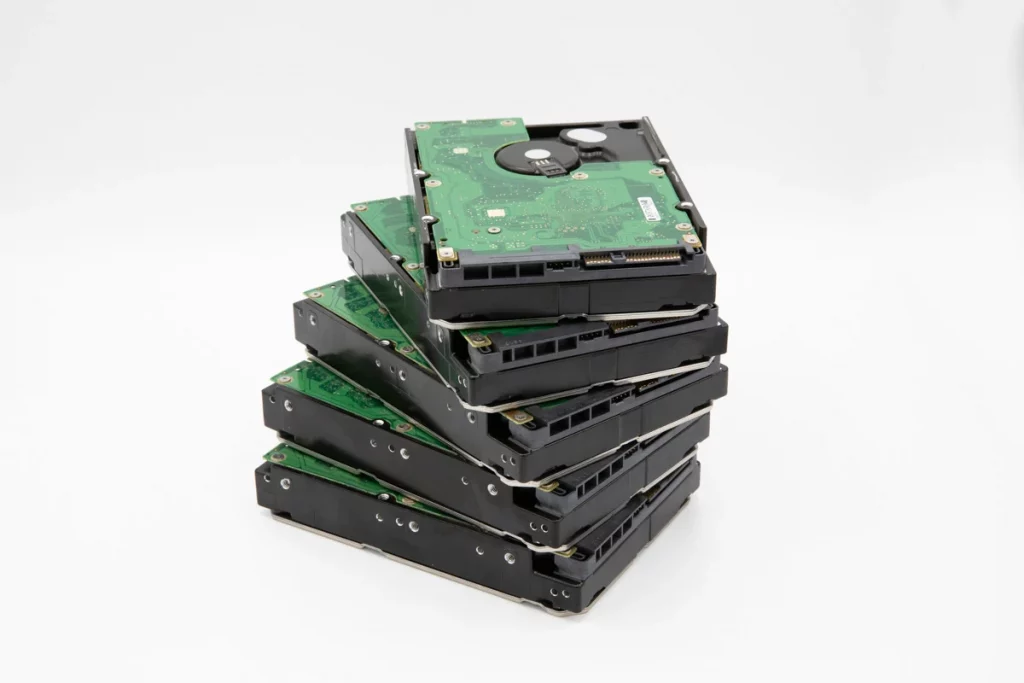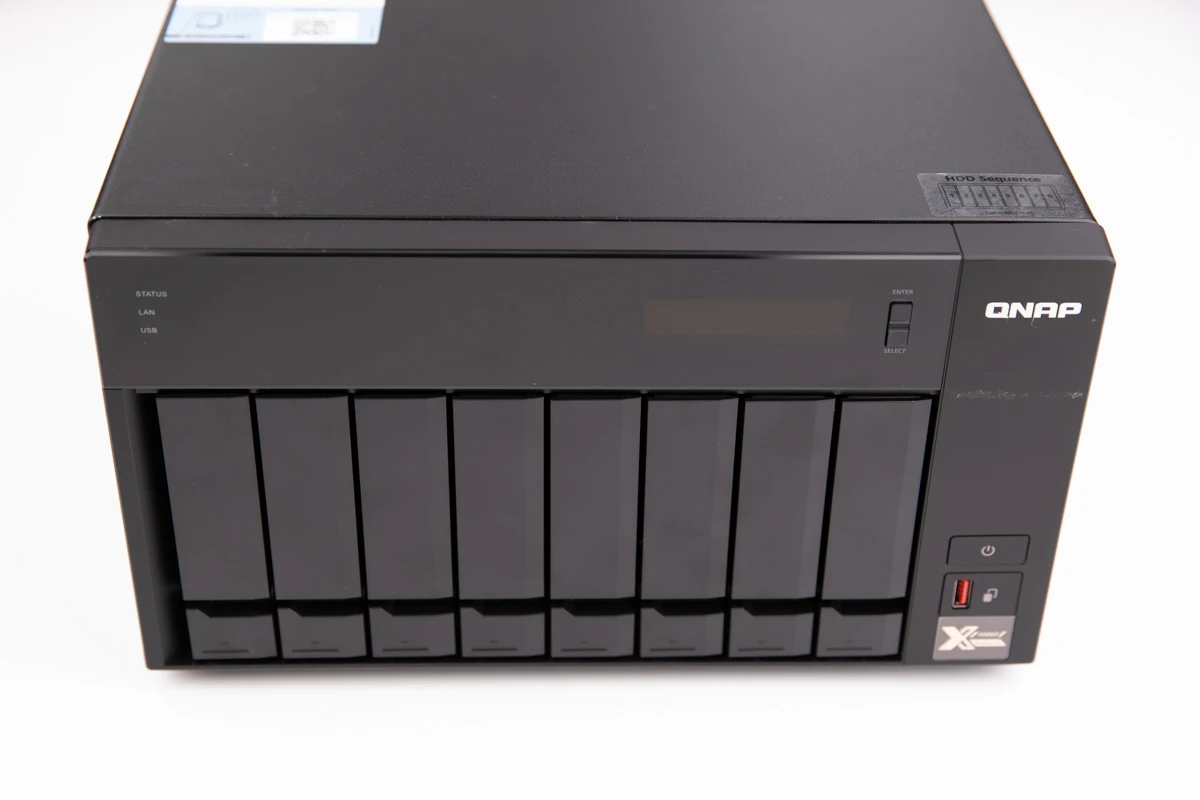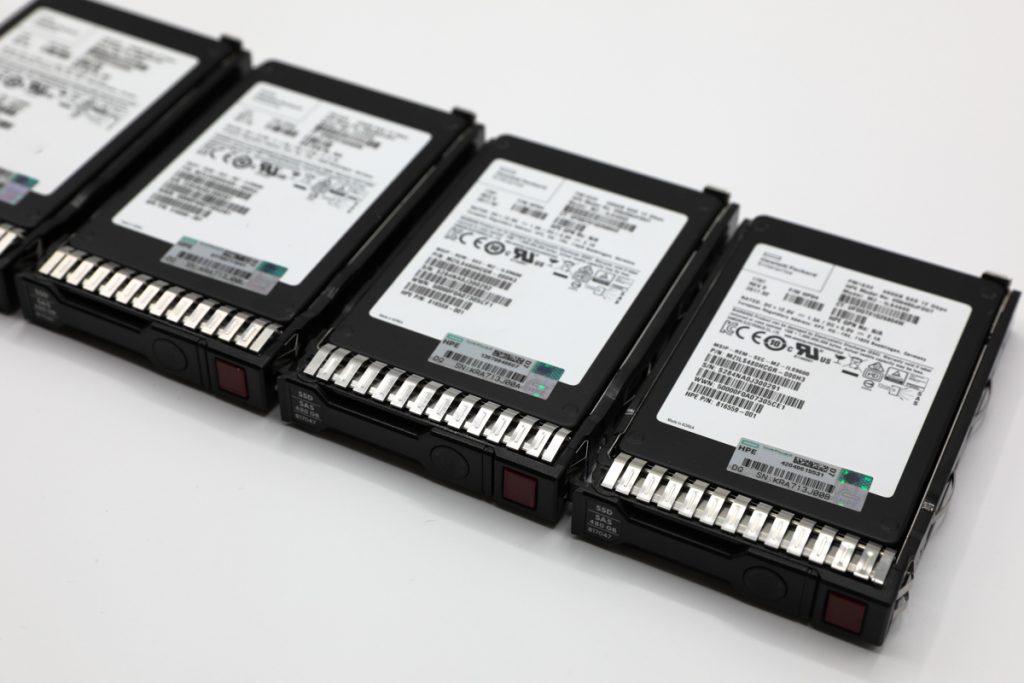ZFS RAID 10 setups on QNAP NAS offer reliable redundancy and exceptional performance. Managing this advanced configuration during recovery after failures can be complex. This blog post explores our recent ZFS RAID 10 recovery, outlining a detailed strategy for data recovery. Overcoming securing challenges and using custom data reconstruction scripts, we highlight the importance of planning and expertise in maintaining data integrity and business continuity.
Background of Failed ZFS RAID 10
One of the customers eventually contacted us after experiencing a disturbing issue with their storage system. The customer needed urgent assistance to recover data from four 2TB drives in a QNAP NAS running. They were using the device for their company. The customer reported that everything worked as expected, but the NAS suddenly stopped operations without warning.
Subsequently, they discovered that critical data had become inaccessible, significantly disrupting their process. After several unsuccessful attempts to recover the NAS and data, they recognized the complexity and the risk of further data loss.
This moment of frustration and urgency prompted them to get professional help. They knew recovering data from their Qnap NAS with ZFS RAID setup would be problematic, so they searched for a provider with specialized knowledge in this field.

Our customer file verification session also strengthened their confidence in us by ensuring that the recovered data meets their expectations. The recovery process aimed to recover lost files and restore operational continuity swiftly and securely, reducing the disruption caused by the NAS failure.
ZFS RAID 10 Evaluation Process
Upon receiving the Qnap NAS with a failed ZFS RAID 10 configuration at our New York office, our team meticulously evaluated the issue and outlined a recovery strategy. The shipment included the NAS device and its four SSD drives that are integral to the client’s RAID setup. A comprehensive physical inspection and diagnostic tests were conducted on each SSD to assess their functional status.

Upon receiving the Qnap NAS with a failed ZFS RAID 10 configuration at our New York office, our team meticulously evaluated the issue and outlined a recovery strategy. The shipment included the NAS device and its four SSD drives that are integral to the client’s RAID setup.
A comprehensive physical inspection and diagnostic tests were conducted on each SSD to assess their functional status. During this phase, our experienced technicians discovered that three drives were operational while one failed.
This critical discovery identified the failed drive causing data inaccessibility in the ZFS RAID pool. Our team analyzed the failure’s nature and impact on the ZFS pool, considering its data protection capabilities. The complexity increased due to hardware encryption, requiring specialized decryption for data recovery. We tailored a recovery plan to extract data from working drives and recover from the failed SSD, ensuring meticulous execution for data integrity.
Recovery Process of ZFS RAID 10
Upon identifying the root cause of the failure and specific issues in the ZFS RAID 10 on the QNAP NAS, our team initiated a recovery process with a strategic approach. The first step was to clone the three operational drives to preserve data integrity, ensuring recovery actions wouldn’t compromise existing data. This cloning allowed technicians to work on exact replicas of the client’s data, minimizing data loss risk.
Despite hardware encryption complexities, efforts were made concurrently to repair the failed drive to a functional state for data access or data extraction.
After successfully cloning the operational drives, our team utilized proprietary software tools and custom scripts tailored for ZFS file systems and encrypted environments. This customized approach helped piece together fragmented data due to drive failure and decrypt the data.

The recovery process was complex due to ZFS’s advanced data management features, like self-healing and checksum capabilities, requiring manual reconstruction of the RAID array’s data map. By overcoming these challenges, our team recovered files, prioritizing critical data identified by the client. We successfully restored the most critical data, reducing operational disruptions and facilitating business continuity restoration for the client.
ZFS RAID 10 Successful Recovery
Recovering data from a ZFS RAID 10 array on a QNAP NAS, despite drive failures and encryption challenges, shows how modern techniques can handle tough situations. The detailed steps highlight the complexity and importance of expertise in data recovery.
This case proves lost data can often be recovered, stressing the need for strong data management and backups. By working together, focusing on critical data, and using advanced methods, the team showed dedication to keeping operations running smoothly, even in tough situations.
FAQ - ZFS RAID Recovery
What is ZFS RAID 10, and why is it used?
ZFS RAID 10 combines mirroring and striping to provide redundancy and performance improvements, making it an ideal choice for environments requiring data protection and speed.
How does cloning help in the data recovery process?
Cloning creates exact replicas of the drives, ensuring that the original data is not jeopardized during recovery. This provides a safety net against potential data loss while attempting to recover or reconstruct the data.
Can all ZFS RAID 10 failures on QNAP NAS be recovered?
While many ZFS RAID 10 failures can be successfully recovered, the success rate depends on various factors, including the nature of the failure, the extent of data corruption, and the encryption complexities involved.
How can businesses prepare to minimize the risks of future data loss?
Businesses can mitigate future risks by implementing robust data management and backup strategies, including regular backups, RAID configurations for redundancy, and thorough disaster recovery planning.
How does ZFS's self-healing capability affect data recovery?
ZFS’s self-healing capability can assist in data recovery by automatically repairing corrupted data blocks. However, manual intervention and careful navigation are essential to ensure this feature aids rather than complicates recovery efforts.